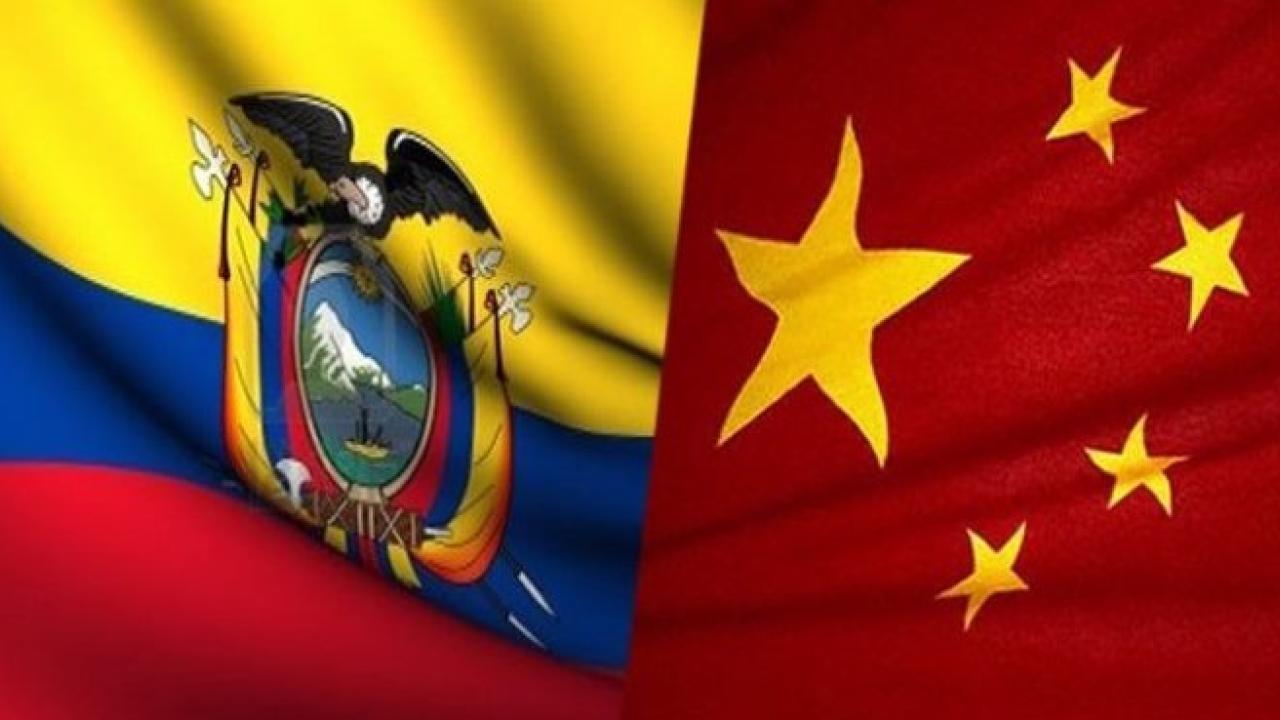
Likewise, 63% of Ecuadorian imports from the Asian giant will enter duty-free from May 1st.
Analysts discuss the short and medium term impacts on the Ecuadorian economy from the trade agreement between Ecuador and China that will be enforced from this May 1. The agreement, for example, includes 4,677 products that will enter Ecuador from the Asian giant with 0% tariff from that date, which is only month and a half away.
Meanwhile, 41% of Ecuadorian exports to China will enter duty-free from May 1 and 99% will do so in ten years, in 2034, according to Daniel Legarda, former Minister of Production, Foreign Trade, Investment and Fisheries.
“50.80% of current Ecuadorian trade with China will become duty-free immediately, 48.46% in less than 10 years and just 0.38% in more than 10 years. Only 0.37% of the trade between Ecuador and China was excluded,” said Legarda.
Excluded imports from China are mostly concentrated in the agricultural and manufacturing sector. There are more than 800 products such as milk, textiles and clothing, footwear, metalworking, aluminum, glass, flat ceramics , tires, furniture, appliances, tuna, rice, sugar, potatoes, onions, corn, among others.
The exclusions are distributed as follows: manufacturing (83%), agriculture (13%), and fishing (4%).
Legarda added that there are tariff reductions of up to 20 years on products of medium sensitivity such as vehicles, household items, meat, among others.
He indicated that 63% of Ecuador's purchases from China will become tariff-free, starting May 1. “But it should be noted that of that total, more than 57% already had a 0% tariff, which in this case is consolidated. Up to ten years from now, 70% of imports from China will be free of tariffs,” explained the former minister.
He added that in the case of imports from China, 77% of these consists of raw materials, inputs, capital goods, fuels and consumer goods.
These are broken down into: capital goods (42%), raw materials (31%), fuels and lubricants (4%), and consumer goods (23%).
According to information from the Ministry of Production, Foreign Trade, Investment and Fisheries, the imported products that will benefit from an immediate tafiff reduction upon reaching the Ecuadorian market are: seeds, fertilizers, agrochemicals, tractors, medical supplies, vaccines, medications, hydraulic pumps, shovels mechanical, electrical transformers, industrial printers, and sewing machines.
"Trade agreement will improve competitiveness and dismantle import substitution"
Meanwhile, for Alberto Acosta Burneo, editor of Analysis Weekly, the enforcement of the trade agreement with China will vanish the remains of the import substitution model of the 1960s and the attempt to revive it during the presidency of Rafael Correa. “Competitiveness will improve,” the analyst projected.
Acosta analyzed that Ecuador's trade policy has changed dramatically in recent years. Industrialization, via import substitution and centralized planning, remained, once again, in history, Acosta assured.
“It was a mercantilist practice that existed in the country that was applied since the sixties when winners were chosen and what the signing of trade agreements does is eliminate this practice and open the doors to competition. Import substitution failed, it failed in the seventies, it failed during the Correa government when an attempt was made to revive it and the problem is that import substitution does not eliminate dependence on raw materials, rather it increases it because it promotes nascent industries that are developed with the market in mind and that depend on the export of raw materials,” Acosta explained.
He concluded that the result of this export substitution policy is that Ecuador lost complexity and adopted a totally emerging policy to other countries in the region. Acosta recalled that in 1985 the region's countries had very little freedom to trade, but that changed when Chile and Peru became the freest economies for trade in the world, while Ecuador went with the opposite idea.
However, he says that Ecuador is still the least free country to trade among South American and Pacific rim countries. It also keeps the highest average tariffs, he adds.
In any case, the analyst stated that the agreement with China will allow an immediate relief to capital goods and inputs that Ecuadorian production requires for its operation.
“This will improve competitiveness because it means that national production will have cheaper inputs and capital goods,” said Acosta, agreeing with Legarda that 77% of Ecuador's imports from China are concentrated in capital goods, raw materials and fuels.










